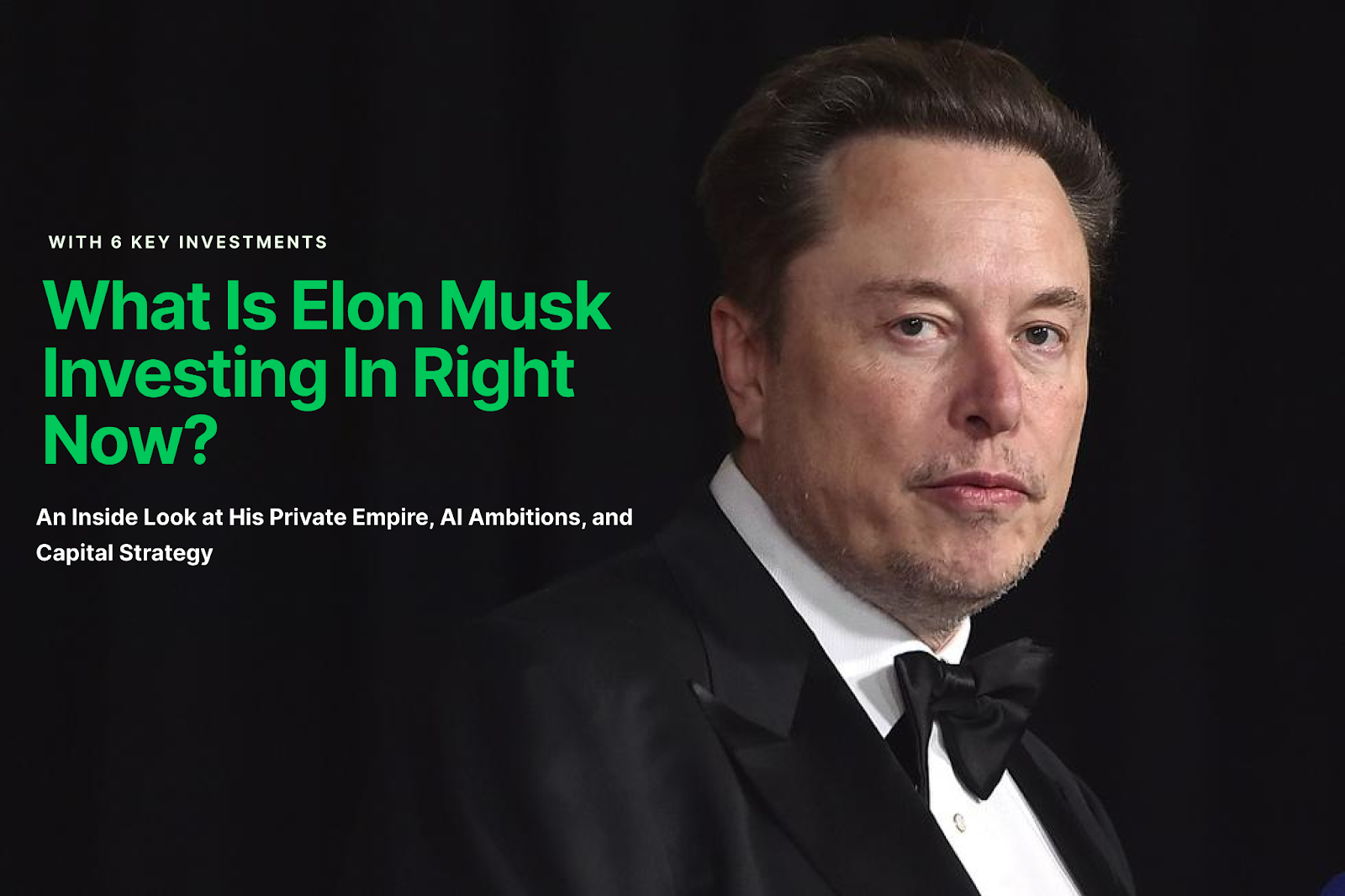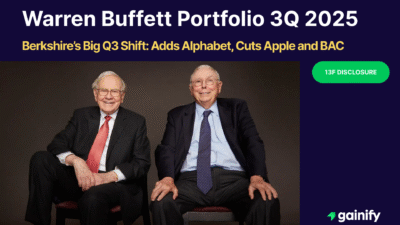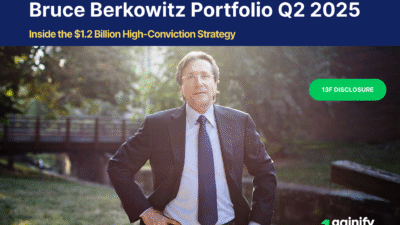Elon Musk’s investment portfolio in 2025 offers a rare window into how one individual is reshaping multiple industries at once. While most investors diversify across sectors and markets, Musk concentrates his capital in a handful of companies he either leads or controls. These businesses are not just bets on the future. They are tools he is actively using to build it.
At the center of his public holdings is Tesla, a company that continues to dominate headlines. Its innovations in electric vehicles, autonomous driving, and robotics play a key role in defining the narrative around future-focused investing. Tesla remains Musk’s most visible asset and the anchor of his market presence.
But Tesla is only part of the picture. Musk is also investing heavily in private companies that play an increasingly important role in his long-term strategy. These include xAI, his fast-growing artificial intelligence startup; SpaceX, a leader in space transportation and satellite networks; Neuralink, which develops brain–computer interfaces; and The Boring Company, which focuses on underground transportation infrastructure. These companies are not publicly traded and are largely owned or controlled by Musk himself.
There is no official filing or public document that lists all of Musk’s holdings. However, through company disclosures, funding rounds, and infrastructure developments, we can see where his capital is flowing. In 2025, that capital is focused on artificial intelligence, robotics, space logistics, and advanced transit systems.
This article offers a clear, fact-based breakdown of where Elon Musk is investing right now. Each section examines a specific company, highlights recent activity, and explains how it fits into Musk’s broader investment goals. Whether public or private, these ventures are closely aligned and built to scale across industries that are still taking shape.
Musk’s Investment Strategy in 2025: Scale, Control, and Deep Infrastructure
Elon Musk’s investment approach in 2025 is defined by focus, not diversification. Unlike traditional investors who spread risk across sectors and asset classes, Musk channels his capital into a small group of companies he either founded or actively controls. These firms are operational platforms that give him direct influence over the technologies he believes will define the future.
His strategy centers on three key principles:
- Long-term control: Musk prioritizes ownership over influence. He maintains significant equity stakes and leadership roles in every core company he’s involved with, including a 59% stake in xAI, 42% in X Corp., and over 12% in Tesla. This level of control allows him to direct capital, talent, and product development without compromise.
- Full-stack integration: Musk invests in companies that own the entire technology stack: from data collection and hardware to software and end-user experience. Whether it’s Grok running on Colossus hardware at xAI, or Tesla integrating chips, vehicles, and autonomy software, he avoids relying on third-party ecosystems whenever possible.
- Strategic alignment: Every investment supports a shared goal: building foundational infrastructure for transportation, artificial intelligence, energy, and space. His companies are not siloed. They are intentionally designed to reinforce each other through shared technology, cross-company procurement, and unified long-term planning.
Rather than reacting to short-term market conditions, Musk takes calculated risks aimed at shaping long-range outcomes. His bets on AI, autonomy, and aerospace reflect a belief that the next wave of economic and technological growth will come from systems that are scalable, automated, and deeply integrated.
This strategy has positioned Musk at the center of multiple emerging markets from large language models to orbital logistics. The following sections examine how that capital is being deployed across specific companies in 2025, beginning with the cornerstone of his public holdings: Tesla.
1. Tesla: The Public Cornerstone of a Private Empire
While many of Elon Musk’s most ambitious ventures are privately held, Tesla remains the foundation of his public investment presence. It not only anchors his exposure to the stock market but also plays a critical role in advancing his broader goals in energy, automation, and artificial intelligence.
As of December 31, 2024, Musk owned approximately 410.8 million shares of Tesla, representing 12.75% of the company, with an estimated market value of $165.9 billion. This makes Tesla the single most valuable component of his portfolio and a central pillar of his wealth.
In 2025, Tesla is expanding well beyond its origins in electric vehicles. The company is rapidly advancing across three interconnected focus areas:
- Electric vehicles: Tesla continues to lead the global EV market with strong sales, expanding production capacity, and growing adoption in emerging regions. Its core business remains profitable and provides the cash flow to fund more ambitious initiatives.
- Autonomous mobility: A major milestone is the planned rollout of Tesla’s robotaxi service in Austin by mid-2025, with national expansion expected by 2026. This move signals a shift from personal vehicle sales to transportation-as-a-service, powered by Tesla’s in-house full self-driving system.
- Robotics: Tesla is investing heavily in Optimus, its humanoid robot platform. Supporting this initiative, the company is acquiring large volumes of Nvidia and AMD GPUs to train and deploy AI models at scale. These hardware purchases mirror those at xAI, showing clear operational alignment across Musk’s companies.
Why it matters
Tesla is no longer just an automaker. It has become a strategic hub for Musk’s wider technological ambitions. As the only major public company in his portfolio, Tesla offers investors rare exposure to a tightly integrated vision of mobility, AI, and automation. It continues to be a key signal for market trends tied to disruptive innovation, climate risk solutions, and long-term capital growth strategies.
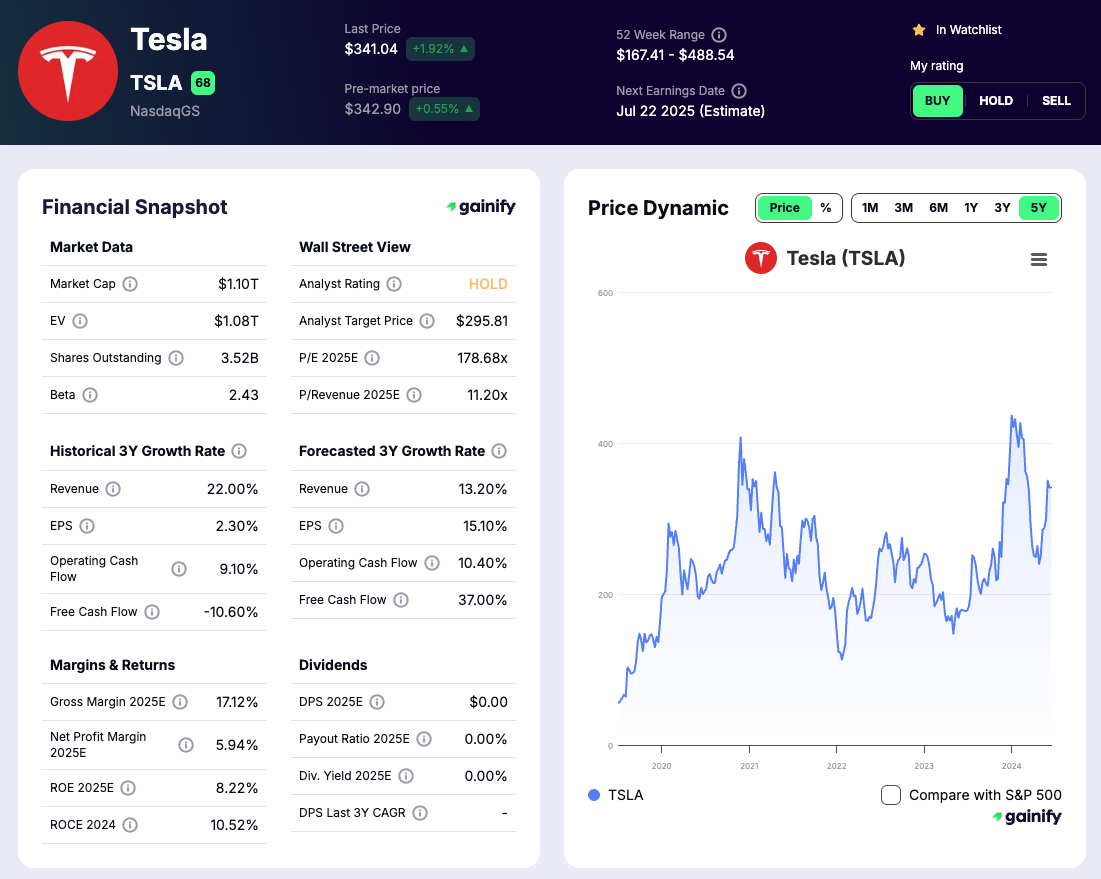
2. xAI and the Colossus Supercluster: Building the Core of Musk’s AI Strategy
Among Musk’s private ventures, xAI has quickly become one of the most important pieces of his investment strategy in 2025. Launched in mid-2023, the company is his direct challenge to OpenAI and Perplexity, focused on building general-purpose artificial intelligence that can reason, interact, and scale responsibly.
As of early 2025, xAI is valued at approximately $80 billion, with Elon Musk owning a 59% stake. The company recently absorbed X Corp. (formerly Twitter) in an all-stock transaction. Musk also holds an estimated 42% stake in X Corp., giving him dual control over the data and distribution systems powering xAI’s AI models. This consolidation of assets enables a tight feedback loop between model training, real-world deployment, and user interaction.
xAI’s capital is currently focused on three key pillars:
- Large language models: The company’s leading model, Grok-3, was released in early 2025. It competes directly with models from OpenAI and Google, and is already being deployed inside X for real-time conversational use. A version tailored for enterprise applications is now in testing with selected cloud partners.
- Compute infrastructure: At the heart of xAI is the Colossus Supercluster, a GPU-based data center located in Memphis. As of this year, it is running on approximately 200,000 high-end GPUs, with plans to scale up to 1 million units. This facility forms the computational backbone for Grok and other advanced models.
- Data and distribution: With direct integration into X, xAI has access to continuous real-world conversational data, which is a unique advantage in AI model refinement. This link also provides an immediate path to deployment, allowing xAI to roll out tools across social, financial, and productivity applications.
Why it matters
xAI is not just a startup. It is the central engine in Musk’s broader AI vision. With majority control of the company, as well as deep stakes in the platforms it depends on, Musk is building a fully integrated AI stack. This includes the data (X), the infrastructure (Colossus), and the models (Grok). While xAI remains private, it plays a foundational role in his investment portfolio, anchoring long-term bets on artificial intelligence, alternative assets, and future market gains across multiple industries.
3. X (formerly Twitter): From Social Network to AI-Driven Revenue Platform
Since acquiring Twitter in 2022, Elon Musk has transformed the platform into X, a private company now focused on artificial intelligence, data licensing, and financial services. What was once a business built primarily on traditional advertising is becoming a key part of Musk’s broader technology ecosystem.
In early 2025, X was officially merged into xAI, Musk’s artificial intelligence company. This integration gives xAI access to one of the largest sources of real-time human interaction data in the world. Musk holds a 42 percent ownership stake in X Corp., giving him continued control over the platform’s strategic direction.
The company’s financials have started to show meaningful improvement. In 2021, Twitter generated 4.5 billion dollars in ad revenue. That figure dropped sharply after Musk’s takeover, but in 2025, X is projected to bring in 2.26 billion dollars in global advertising revenue, a 16.5 percent increase from the year before. More importantly, revenue from data licensing and subscriptions has grown significantly, climbing to more than 1.1 billion dollars annually, up over 30 percent year over year.
Operating performance has improved as well. X reported nearly 1.5 billion dollars in EBITDA, a key measure of earnings before interest, taxes, depreciation, and amortization. Cash reserves have grown to 1.1 billion dollars, a major improvement compared to the less than 320 million dollars the company had at various points in the previous year.
However, debt remains a major challenge. X is still carrying 12.5 billion dollars in debt, with annual interest costs exceeding 1.3 billion dollars. In March 2025 alone, the company paid around 200 million dollars in debt-servicing costs. A new refinancing effort, led by Morgan Stanley, is underway to reduce interest rates and improve long-term financial stability.
Why it matters
X is no longer just a social media app. It is now a data-rich, AI-integrated platform that feeds directly into Musk’s artificial intelligence strategy through xAI. With growing non-advertising revenue, improved operating margins, and a tighter link to AI development, X is becoming one of the most strategically important private companies in Musk’s portfolio. Its success reflects a larger shift in how digital platforms can evolve from ad-dependent businesses into engines of AI training, data monetization, and financial product delivery.
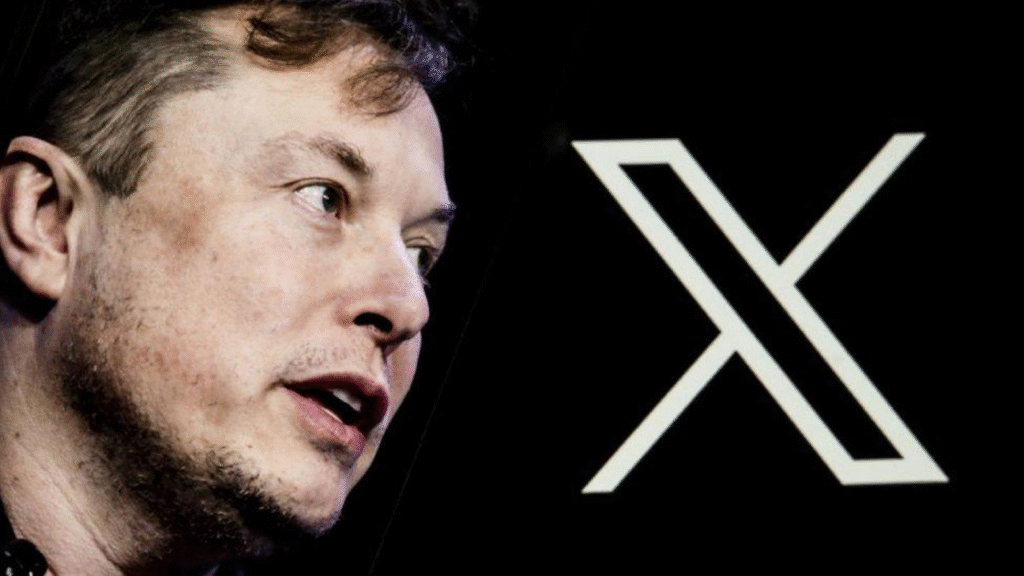
4. SpaceX: Engineering Recession-Resilient Infrastructure in Orbit
SpaceX remains one of the most important private companies in Elon Musk’s portfolio, not only in terms of technological ambition but also as a long-term investment in physical infrastructure beyond Earth,, with an estimated Elon’s equity stake of 42%. Founded in 2002, the company has grown into the global leader in commercial spaceflight, satellite deployment, and interplanetary logistics.
In 2025, SpaceX continues to focus its capital and engineering resources on two main areas: Starbase, its launch and development facility, and Starlink, its growing satellite internet business.
- Starbase development: Located in Boca Chica, Texas, Starbase serves as the central hub for the Starship program. The facility supports the company’s plan to enable regular, reusable spaceflight for both cargo and humans. These capabilities are critical to Musk’s long-term goal of building infrastructure for missions to the Moon and eventually to Mars.
- Starlink expansion: Starlink has become one of the world’s largest satellite constellations, providing global internet coverage in remote and underserved regions. The service also enables real-time data transmission for environmental monitoring, emergency response, and commercial communications, giving it both commercial value and geopolitical relevance.
As of late 2024, SpaceX’s valuation surged to an estimated $350 billion after a $1.25 billion secondary share sale at $185 per share. This marks a 67 percent increase from its previous $210 billion valuation, placing SpaceX ahead of many major U.S. defense contractors and among the top 25 U.S. companies by market capitalization. In a show of financial strength and internal confidence, the company itself repurchased up to $500 million worth of shares during this offering.
Why it matters
SpaceX represents a new category of long-term investment. It is an example of how infrastructure in orbit can serve as a hedge against global economic volatility, supply chain risks, and terrestrial disruption. For investors and planners focused on portfolio resilience, strategic wealth planning, and alternative assets, SpaceX offers exposure to an industry with increasing relevance and long-term growth potential. Its private status limits direct investment, but its partnerships, suppliers, and future IPO potential make it one of the most closely watched companies in global markets.
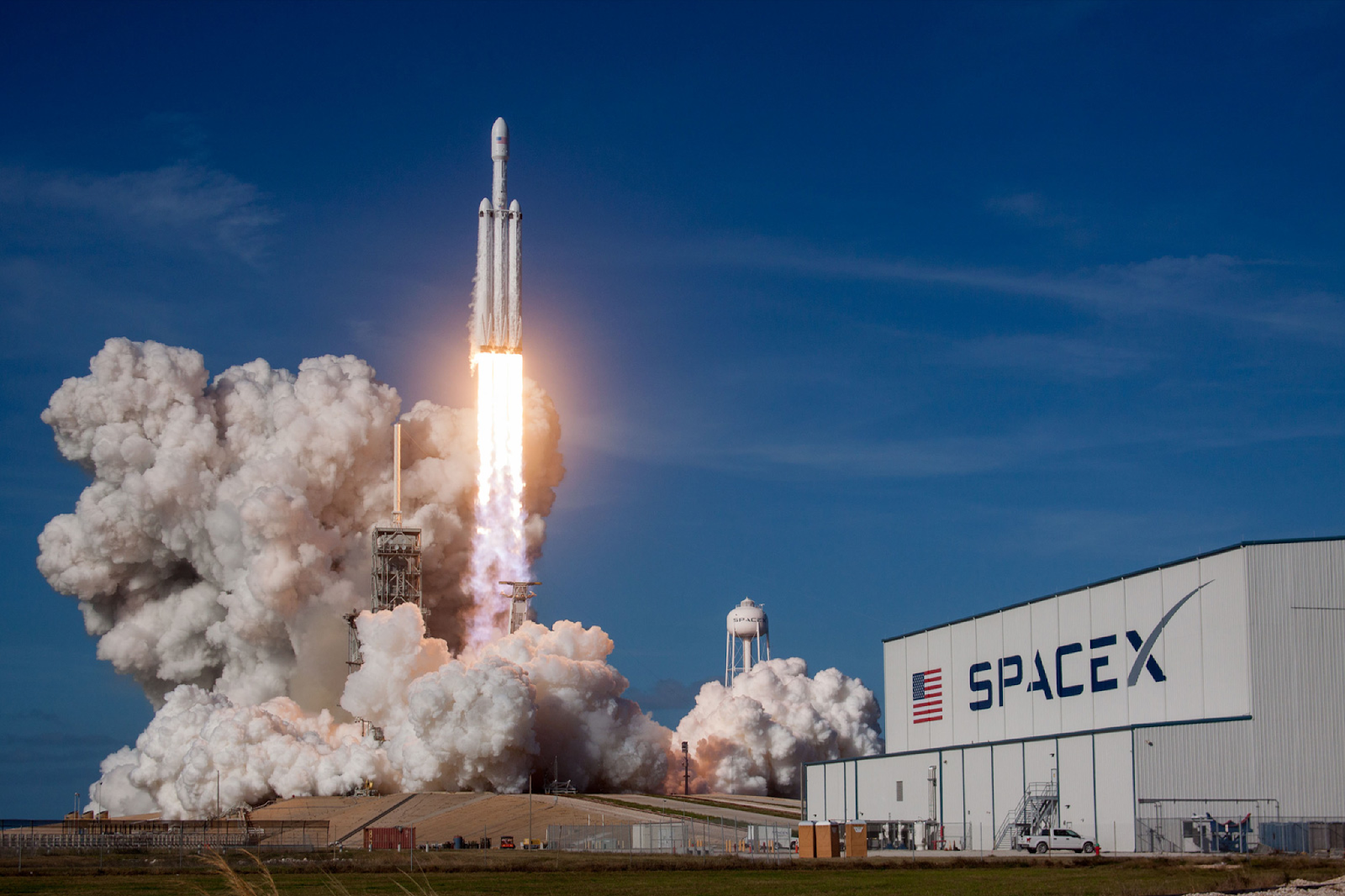
5. Neuralink and The Boring Company: Moonshots with Strategic Purpose
While they receive less media coverage than Tesla or SpaceX, Neuralink and The Boring Company are essential components of Elon Musk’s long-term investment strategy. Both are privately held and focused on solving complex, high-risk problems in healthcare and infrastructure. Together, they reflect Musk’s willingness to pursue ventures with long timelines and potentially transformative impact.
In 2025, both companies are making steady progress across two very different sectors.
- Neuralink: The neurotechnology startup is now FDA-approved for human clinical trials, marking a major milestone for the company. Its current implant aims to restore vision in patients with certain types of blindness, and additional trials are underway to treat neurological disorders. Neuralink’s scientific team continues to publish research and white papers outlining how its brain–computer interfaces interpret and transmit neural signals. The technology is still early-stage, but it holds long-term potential in medicine, assistive devices, and even human–AI integration.
- The Boring Company: This infrastructure firm is working on tunnel-based transportation systems in cities such as Las Vegas and Dubai. The Vegas Loop is already operational in limited areas, and plans are in development to expand to other urban environments. The goal is to create fast, low-cost alternatives to surface transportation, helping cities reduce congestion and improve mobility. While progress is slower compared to Musk’s other ventures, the company remains active and aligned with his broader goal of building scalable, energy-efficient infrastructure.
Both companies are privately funded, with Musk retaining majority ownership and operational influence. Although neither generates significant revenue at this stage, they represent long-term bets on industries where innovation has been historically slow and capital-intensive.
Why it matters
Neuralink and The Boring Company are examples of how Musk deploys capital into calculated risks with high potential payoff. These companies offer exposure to frontier areas like biotech, real estate infrastructure, and urban mobility, all of which are gaining relevance in a world facing demographic, health, and transportation challenges. For long-term thinkers focused on strategic diversification, portfolio resilience, and innovation-driven returns, these ventures demonstrate how bold ideas can be part of a grounded investment thesis.
6. Political Shifts, Trump 2.0, and Economic Policy Risks
Musk has reduced his political donations significantly after contributing over $300 million to Republican efforts, including support for Donald Trump.
- Strategic pullback: Musk has stated he wants to focus on companies and avoid distractions. This decision aligns with institutional concerns over policy uncertainty and Proposals versus policy misalignment.
- Global impact: Tariffs, tech regulations, and broader economic shifts are now being met with internal strategies at Musk’s firms. His AI policy teams and legal arms are building internal resilience to respond dynamically.
Why it matters
This reduction in political activity is a key part of Musk’s modern investment strategy. For those managing credit portfolios or planning careful estate planning, understanding how politics affect asset values and tariff rates is essential.
Summary Table: Musk’s Investment Positions and Their Implications
Sector | Focus | Musk’s Stake | Company Value |
xAI with X | Supercomputing, AI (Grok) | 59.0% | $80B+ |
Tesla | Robotaxi, Optimus, GPUs | 12.8% | $650B+ |
SpaceX | Starbase, Starship, Starlink | 42.0% | $350B+ est. |
Neuralink | Neural implants, vision tech | >50%* | $8B est. |
The Boring Company | Tunneling infrastructure | >90%* | $6B est. |
Final Thoughts: Musk’s Portfolio as a Map of the Future
Elon Musk’s investments are not merely financial bets. They are carefully structured positions in strategic sectors such as infrastructure, artificial intelligence, energy, and transportation. In 2025, his portfolio represents a highly integrated ecosystem designed to scale innovation across multiple industries. Each of Musk’s companies supports the objectives of the others: Tesla advances vehicle automation and robotics, SpaceX provides global connectivity and launch infrastructure, xAI develops foundational AI models, and X enables real-time data collection and user interaction. Neuralink and The Boring Company represent focused investments in next-generation health technologies and urban mobility.
For investors, wealth managers, and strategic planners, Musk’s approach offers a valuable case study in high-conviction capital allocation. His portfolio is not diversified in the traditional sense but is instead unified by a clear vision for technological transformation. By concentrating control, integrating technology stacks, and aligning company missions, Musk has created a blueprint for building long-term economic resilience and innovation leadership.
Whether tracking publicly traded assets like Tesla or monitoring developments at private firms such as SpaceX and xAI, stakeholders can gain insights into emerging trends that may define the next global growth cycle. Musk’s portfolio is not oriented around the present. It is designed to shape the structure of future markets and the industries that will drive them.
Frequently Asked Questions (FAQ)
Q: Can individual investors access Musk’s private companies like xAI and SpaceX?
A: Direct investment in private companies such as xAI or SpaceX is currently limited to institutional investors and private equity participants. However, retail investors can gain indirect exposure through publicly traded partners and suppliers. For example, companies like Nvidia ($NVDA), which supports AI and GPU infrastructure, or Microsoft ($MSFT), which collaborates on AI initiatives, offer entry points. Tesla ($TSLA) also serves as a publicly listed proxy for Musk’s broader technology strategy.
Q: Do Musk’s strategic decisions affect public stock prices?
A: Yes, often materially. For example, Tesla’s share price reacts sharply to developments in electric vehicle adoption, robotaxi progress, and AI integration. Public sentiment and analyst forecasts are also influenced by Musk’s announcements, especially when they involve forward-looking innovations or regulatory breakthroughs.
Q: How can investors align with Musk’s long-term vision?
A: Stay informed through quarterly earnings calls, Investor Days, and research releases from Tesla. Consider investment exposure via ETFs focused on innovation or robotics, public suppliers, and thematic funds tied to AI, space, and autonomous technologies. Diversified vehicles like ARK Invest or technology-focused indices can also serve as tools to participate in the trend without concentrated risk.
Q: Is Musk’s investment approach relevant to estate or strategic wealth planning?
A: Absolutely. His model blends high-growth potential, technological disruption, and capital resilience, offering useful insights for multigenerational estate strategies. For wealth managers, family offices, and high-net-worth individuals, Musk’s capital allocation across public and private markets provides a compelling case study in strategic diversification, alternative asset exposure, and future-proofing wealth through innovation.
